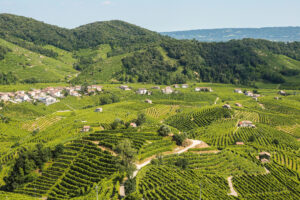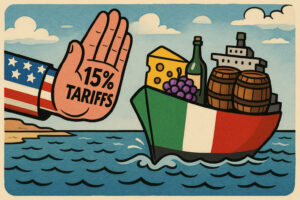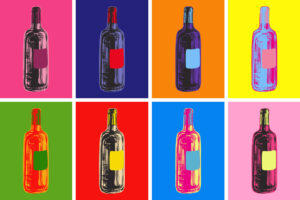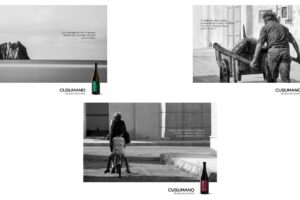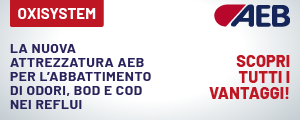Inflation is galloping in the United States too (+ 7.9%, the highest level in 40 years), and Italian wine is risking its run on its number one market in the world, revealed the US wine market experts interviewed in the International Wine and Spirits Record, IWSR / Wine intelligence survey, presented by the UIV-Vinitaly Observatory at “Vinitaly 2022”. Further, according to the US trade experts, the economic situation will produce significant damage to wine imports. As matter of fact, 38% expect a generalized decrease in incoming volumes, while 37% think there will be a halt to the premiumization process, and consequently, to the demand for quality Italian products. Those products that have made Italy famous and successful (US imports 2.26 billion US dollars in 2021). Only 1 in 4 respondents did not contemplate any impact from price escalation.
Another red flag comes from young consumers migrating to other drinks. Especially Generation Z adults and Millennials. According to the Observatory of the Unione Italiana Vini (UIV) and Vinitaly, 88% of respondents predict the possibility that traditional wine consumption of the groups concerned will be reduced. The leading substitute drinks, at 60% each, were the “ready to drink” (ready-to-eat drinks mainly based on vodka or rum), cocktails, low alcohol content wines, and hard seltzers (sparkling drinks slightly alcoholic and flavored). Beer is instead stable at 40% of the options. Lifestyle is the number one reason that pushes young people to consume wine, followed by well-being. Therefore, wine is a symbol of identity, and in the market's opinion, it would be appreciated much more if it had a sustainability label.
“Right now, the feeling of professionals in the sector is definitely conditioned by a situation which is not at all helping”, Giovanni Mantovani CEO of Veronafiere, said, “regardless, Italian wine, its producers and its promotion and marketing tools have the duty to predict the moves of the market that promises to be ever more fluid. And act accordingly”.
Considering the evolution of world imports, recovery from the pandemic crisis so far has been more robust and immediate in the US than exiting the subprime crisis. It will take two good years to return to previous values, including triggering the phenomenon known as “premiumization”. The Nielsen-based calculations from the Observatory show that Italy also played a leading role in the focus on the overseas market. At the end of 2021, sales in the off-premise channel (grocery stores, liquor shops) increased +23% in value compared to 2019, for a total of approximately 2 billion US dollars. Italian performances in the two-year period showed growth both of still wines (+18%, and +24% for reds), and, overwhelmingly, of sparkling wines (+32%), and only Prosecco confirmed in value at +44%, and Asti at +16%.
In addition to Prosecco (22% of the total sparkling market, and 520 million US dollars), among the flagship products, Chianti and Chianti Classico (115 million US dollars) represent on average 16% sales of Italian red wines sales, showing peaks of 30% in New York. Instead, the value Pinot Grigio (554 million US dollars) generates, makes it almost a monopoly everywhere, marking total Italian sales of white wines at +77% and peaks at over 80% in Florida and New York. The Italian share of the pie on the off-premise market, in value, is made up of 27% Pinot Grigio, 25% Prosecco, and 34% red wines, particularly from Tuscany and Piedmont.
Copyright © 2000/2025
Contatti: info@winenews.it
Seguici anche su Twitter: @WineNewsIt
Seguici anche su Facebook: @winenewsit
Questo articolo è tratto dall'archivio di WineNews - Tutti i diritti riservati - Copyright © 2000/2025












